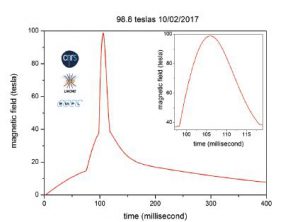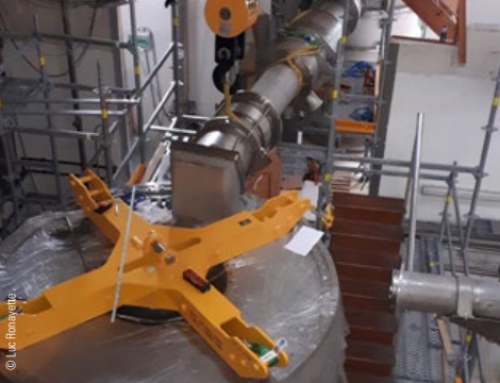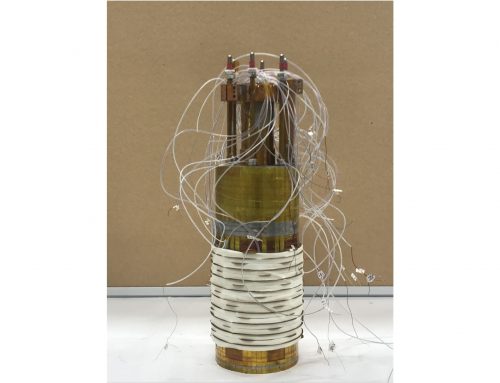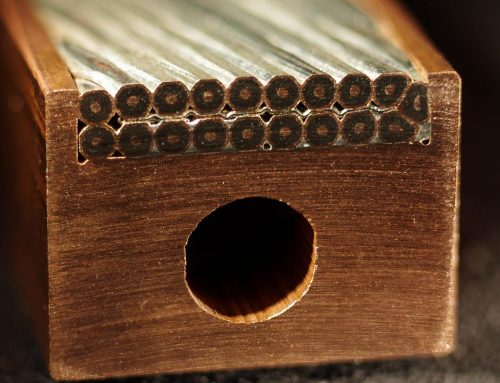Jérôme Béard, LNCMI-Toulouse
On February 10, 2017, the LNCMI team in Toulouse has managed to generate, non-destructively, 98.8 T as shown in Figure 1.
To obtain this result it was necessary to combine three independent concentric coils, shown in Figure 2, energized by the three main capacitor banks of the laboratory. The total amount of energy required to generate this fi eld is close to 20 MJ. The next objective is to go beyond the symbolic limit of 100 T and the current world record of 100.75 T held by the Los Alamos National Laboratory since June 2012. The LNCMI engineers are now working to improve on this record later this year.
This magnet is, most importantly, a tool for scientifi c research and the pulse duration of the new LNCMI magnet is the world’s longest at such a high fi eld. Most of the existing experimental techniques, as transport or optical measurements will be feasible down to 1.4 K in its 8 mm free bore diameter. It completes the list of available high-fi eld magnets, like the 12 MJ dual-coil system, available in two configurations: 80 T in 13 mm and 90 T in 8 mm.
Contact: jerome.beard@lncmi.cnrs.fr

Figure 1: Temporal profile of the magnetic pulse. Only 400 milliseconds are represented, the field decay still continues during one second. The inset represents a zoom on the innercoil pulse.

Figure 2: Picture of the magnet before installation in its nitrogen cryostat. The magnet measures about 70 centimeters in diameter and weights near to 600 kilograms.







Leave A Comment
You must be logged in to post a comment.